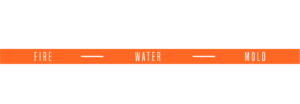When a fire, flood, or other disaster strikes your home or business, the structure isn’t the only thing affected. Your belongings—furniture, electronics, clothing, documents, and cherished keepsakes—can also suffer serious damage from smoke, soot, water, and debris. That’s where content cleaning comes into play.
In this blog, we’ll explain what content cleaning is, how it works, and why it’s one of the most critical steps in the restoration process.

What Is Content Cleaning?
Content cleaning refers to the specialized process of cleaning, restoring, and deodorizing your personal items after a disaster. Whether it’s smoke damage from a fire or contamination from a flood, content cleaning helps salvage and restore as much as possible—saving you money and preserving what matters most.
It’s not just about wiping things down. It involves professional-grade equipment, techniques, and often, temperature- or chemical-controlled environments.
What Items Can Be Cleaned?
You’d be surprised by how much can be restored with the right equipment and expertise. Commonly cleaned contents include:
- Furniture (wood, upholstery, leather)
- Clothing and textiles
- Electronics and appliances
- Dishes, cookware, and silverware
- Photos, books, and important documents
- Artwork and collectibles
While not everything can be saved, trained restoration professionals can often recover more than you might expect.
The Content Cleaning Process
Here’s how the process typically works:
- Pack-Out & Inventory
Damaged items are carefully packed, labeled, and transported to a secure cleaning facility. A digital inventory is created for tracking and insurance purposes. - Assessment & Sorting
Each item is inspected to determine whether it can be cleaned, restored, or needs to be discarded. - Specialized Cleaning Techniques
Items are cleaned using the appropriate method, such as:
- Ultrasonic cleaning for delicate items
- Ozone treatment for odor removal
- Dry cleaning for clothing and fabrics
- Hand-cleaning for fragile or antique pieces
- Ultrasonic cleaning for delicate items
- Deodorizing & Sanitizing
Deodorization removes lingering odors (like smoke or mildew), and items are sanitized to ensure they’re safe for use. - Storage & Return
Cleaned items are securely stored until your property is fully restored. Then, they’re returned to your home or business in pre-loss condition.
Content Cleaning & Insurance
Most homeowner or business insurance policies cover content cleaning as part of your restoration claim. A professional restoration company can work directly with your insurance adjuster to ensure all cleaned or replaced items are documented for reimbursement.
Why It Matters
Content cleaning isn’t just about saving money—it’s about restoring your life. From family heirlooms to essential documents and electronics, these items carry emotional and practical value. Quick, professional cleaning can prevent further deterioration and make your recovery process faster and smoother.
Need Professional Content Cleaning?
If you’ve experienced a fire, flood, or other disaster, don’t assume your belongings are a total loss. Our certified restoration team offers full pack-out, cleaning, storage, and return services to bring your damaged items back to life.
👉 Contact us today for a free consultation and discover what’s possible with expert content cleaning.




